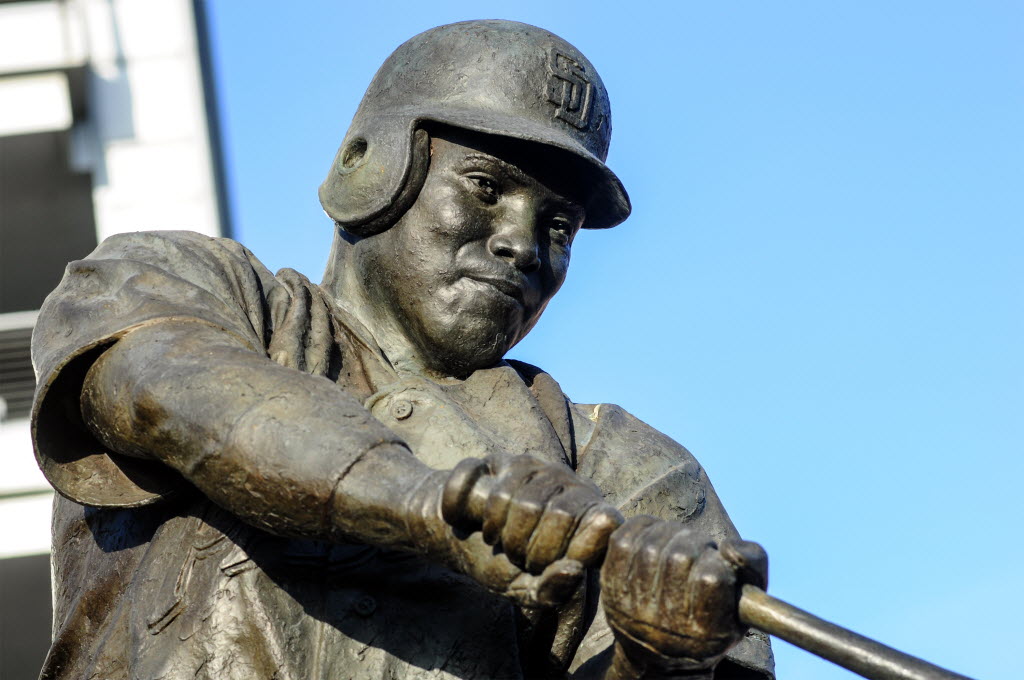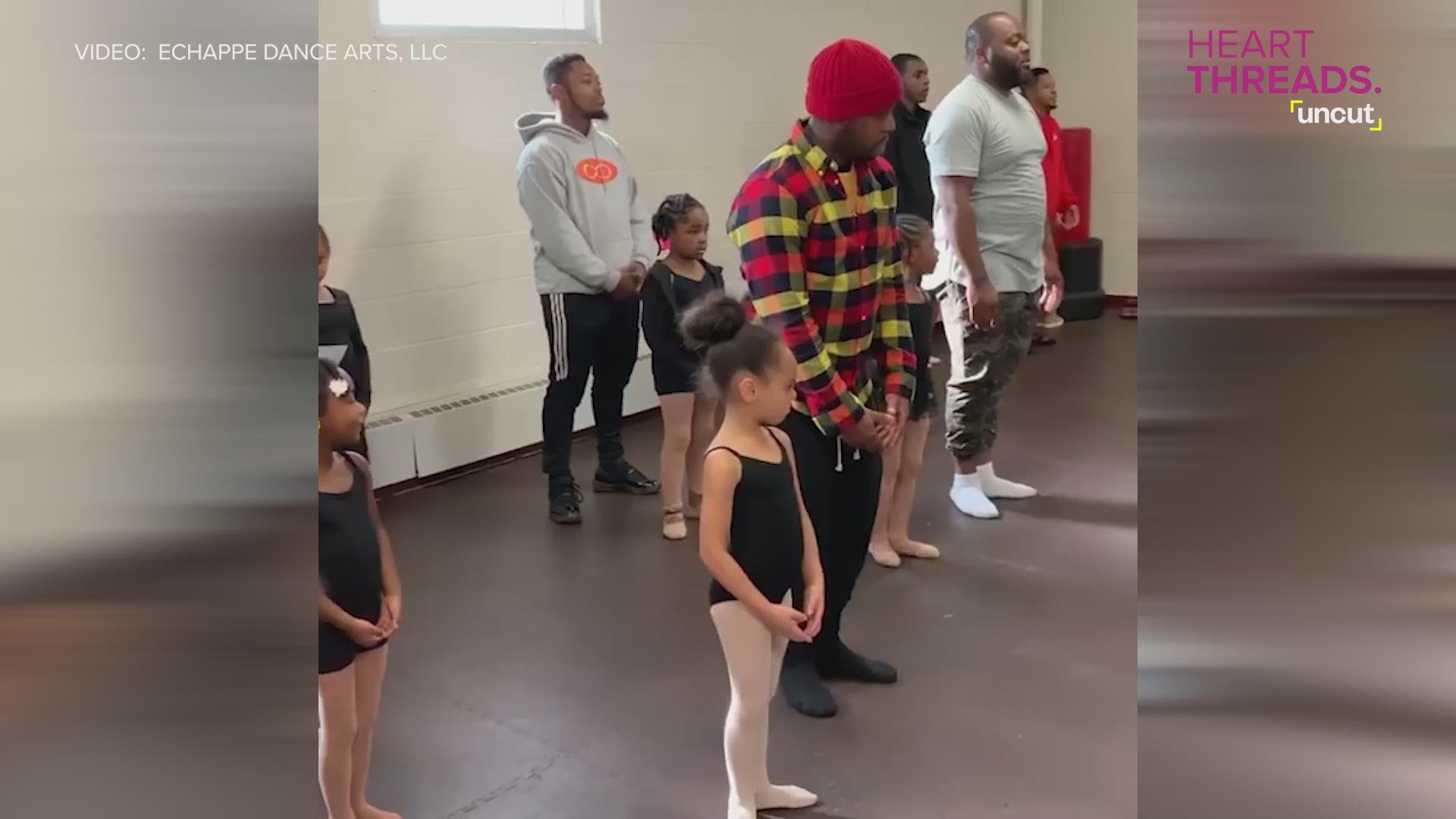The first pitches of the new Major League Baseball season in Boston, Los Angeles and San Francisco mark the moment players there must abide by local laws that ban chewing tobacco use in ballparks. Similar restrictions in Chicago and New York will go into effect later this season. This is a first in the major leagues, and a welcome change, but it’s long past time to get chewing tobacco out of America’s pastime.
Chewing tobacco has been pervasive in the game since the rules of modern baseball were first written in 1845.
What’s different today is that the dangers are well known. The use of chewing tobacco has devastating health effects, including oral, pancreatic, and esophageal cancer. It also leads to heart and gum disease, tooth decay, and the loss of jaws, chins, cheeks and noses.
After years of suffering through a difficult and painful battle with cancer, former San Diego Padres Hall of Famer Tony Gwynn died in June 2014 of salivary gland cancer. While there’s no definitive way to pin down cause and effect, Gwynn said the cancer was located exactly where he placed his chew.
Six years ago, at a congressional hearing in Washington, I demanded that chewing tobacco be banned from baseball. That hearing was followed by multiple letters to MLB and to individual teams asking them to take action to get chewing tobacco out of the game. MLB responded to that request by proposing a ban during the last contract negotiations with the players, but the final agreement fell short. That’s why on Monday, in letters to MLB and the MLB Players Association, I'll once again demand that they finally ban chewing tobacco completely from the game.
![Mitch Albom: Adam LaRoche asked too much of the White Sox [oembed : 82579930] [oembed : 82579930] [oembed : 82579930] [oembed : 82579930]](/Portals/_default/Skins/PrestoLegacy/CommonCss/images/smartembed.png)
Some argue that professional players are adults and chewing tobacco is a personal choice. But these players are role models and their behavior and habits are often copied by young players and fans alike.
At the 2010 congressional hearing, Dr. Gregory Connolly of the Harvard School of Public Health testified that “there can be no doubt that public use by MLB players directly contributes to youth smokeless tobacco use in the United States.”
Today, millions of teenagers and young adults in the U.S. use smokeless tobacco. According to the Centers for Disease Control and Prevention, the use of smokeless tobacco by youth athletes increased from 2001 to 2013. Young athletes are almost 80 percent more likely to use smokeless tobacco products than non-athletes.
These trends will not stop until MLB players stop using chewing tobacco. It’s encouraging to see city governments in Boston, Chicago, Los Angeles and San Francisco banning the use of chewing tobacco at ballparks in those cities. Letters posted in every clubhouse during spring training from both MLB and the MLB Players Association explained that players are expected to comply with the new laws. It’s also encouraging that a number of players have voluntarily stopped chewing.
![The NFL needs to stop fighting science: Column [oembed : 82487316] [oembed : 82487316] [oembed : 82487316] [oembed : 82487316] [oembed : 82487316] [oembed : 82487316] [oembed : 82487316] [oembed : 82487316] [oembed : 82487316] [oembed : 82487316] [oembed : 82487316] [oembed : 82487316]](/Portals/_default/Skins/PrestoLegacy/CommonCss/images/smartembed.png)
POLICING THE USA: A look at race, justice, media
But it’s not enough. We need to change the culture of baseball at all levels, and that starts at the major league level. As Los Angeles Dodgers manager Dave Roberts recently said, “like it or not, players are role models, and we have a platform as coaches and players.”
It’s been more than 30 years since players were first banned from smoking cigarettes in uniform and in view of the public. MLB banned chewing tobacco in the minor leagues in the early 1990s, as did the NCAA. Baseball legend Joe Garagiola, who died last month, testified at our 2010 hearing as the longtime chair of the National Spit Tobacco Education Program. He told the committee, “I would like to see the Major League players agree to the terms of the Minor League Tobacco Policy, which bans Club personnel from using and possessing tobacco products in ballparks and during team travel.”
MLB and the MLB Players Association must finally ban the use of smokeless tobacco. It’s time to get chewing tobacco out of baseball for good. That would be a home run for the health of our nation.
Rep. Frank Pallone represents New Jersey’s 6th Congressional District and is the senior Democrat on the House Energy and Commerce Committee.
In addition to its own editorials, USA TODAY publishes diverse opinions from outside writers, including our Board of Contributors. To read more columns like this, go to the Opinion front page.


![635950433952401181-gwynn.JPG [image : 82486566]](http://www.gannett-cdn.com/media/2016/03/31/USATODAY/USATODAY/635950433952401181-gwynn.JPG)
